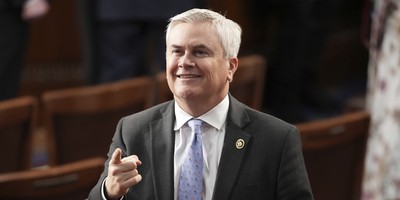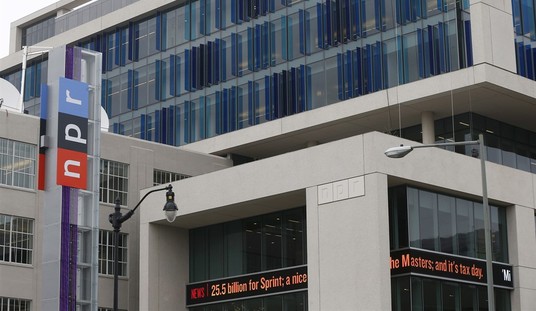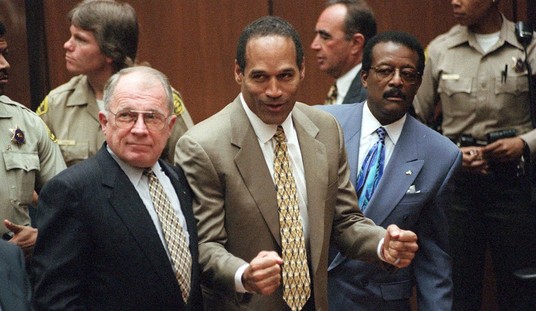WASHINGTON -- The most interesting political developments violate ideological expectations. Why did Bill Clinton fight for NAFTA and accept an end to the welfare entitlement? Why did George W. Bush push a Medicare prescription drug benefit? In each case, some bold political calculation or deep policy conviction was at work.
So why is President Obama pursuing education reform with such creative vigor?
In its rhetoric, spending and budget, the Obama administration has promoted two ambitious principles: serious consequences for chronically failing schools, including mass teacher firings and takeovers by charters, and the use of student performance to assess individual teachers and principals.

There is no purely political explanation for this approach. At the last Democratic convention, about one in 10 delegates were members of teachers unions. Unions, not unexpectedly, oppose the wholesale firing of teachers. In a number of states, unions have helped pass legislation making it illegal to base teacher evaluation or compensation on student performance.
Administration officials are careful to point out that measuring student performance by classroom is directed toward rewarding good teachers and improving the performance of marginal teachers, not just weeding out the weakest. A recent Gates Foundation survey of 40,000 public school teachers found a broad hunger for better information about student performance. Good teachers would rather not operate in the dark.
But this kind of data is likely to seed a revolution. It introduces a foreign concept -- professional rigor -- into public school teaching. Under the administration's proposals, principals would be given information on individual teacher performance. Over time I suspect that parents would want access to that data as well. Some teachers would be honored or become motivated to change; others would be exposed and threatened. Merit works that way.
Recommended
The explanation for this emphasis on merit is a potent combination: an obvious national problem (teacher quality), an innovative Cabinet secretary in Education Secretary Arne Duncan and a president willing to back him. The administration used last year's Recovery Act not only to fund cash-strapped school districts but also to require and fund turnarounds of failing schools. Duncan's Race to the Top program has created a national competition among states, with grants going to those that use student outcomes to measure the effectiveness of teachers and professional development programs. States that receive Race to the Top funds can no longer place caps on the number of charter schools or prohibit the use of student test scores in assessing teachers.
These measures are providing momentum for reformers, shown recently at Central Falls High School in Rhode Island -- a high-poverty school where 10 percent of students could perform as expected in math and about 55 percent read at grade level. When the teachers union balked at changes that would have required extra duties, district officials fired all of Central Falls' 93 teachers and staff (up to half can be rehired when the school is reorganized under new leadership) -- an act which Duncan described as "showing courage and doing the right thing for kids." The president of the local teachers union complained, "Everyone looks at this as establishing a national precedent." We can only hope.
In recent years, education reform has proved that bipartisanship is not completely dead. No Child Left Behind resulted from the matter and antimatter, fire and ice cooperation of George W. Bush and Ted Kennedy. Republican and Democratic governors have often been led by data and desperation toward the same reform goals.
But with the reauthorization of the Elementary and Secondary Education Act planned for this year, there is also a bipartisan alliance for the betrayal of poor and minority children. Some liberals try to resist any accountability for teachers by blaming the poverty and social circumstances of students themselves, arguing in essence, "First solve all the problems of society, then children can be taught." They are refuted by the existence of high-poverty, high-performing public schools.
Some conservatives object to any policy that involves a federal role in education, no matter how effective. But education policy points to the limits of federalism. States and localities have often protected and perpetuated systemic educational malpractice. And it is a basic commitment of justice that when local institutions seriously fail in their duties, higher-level institutions should intervene. Local authority is the first, best response -- but it is not an excuse for Jim Crow laws, or for schools that never succeed and never change.
In this debate, Obama and Duncan have undertaken the right fight for the right reasons. And credit is due.
























Join the conversation as a VIP Member